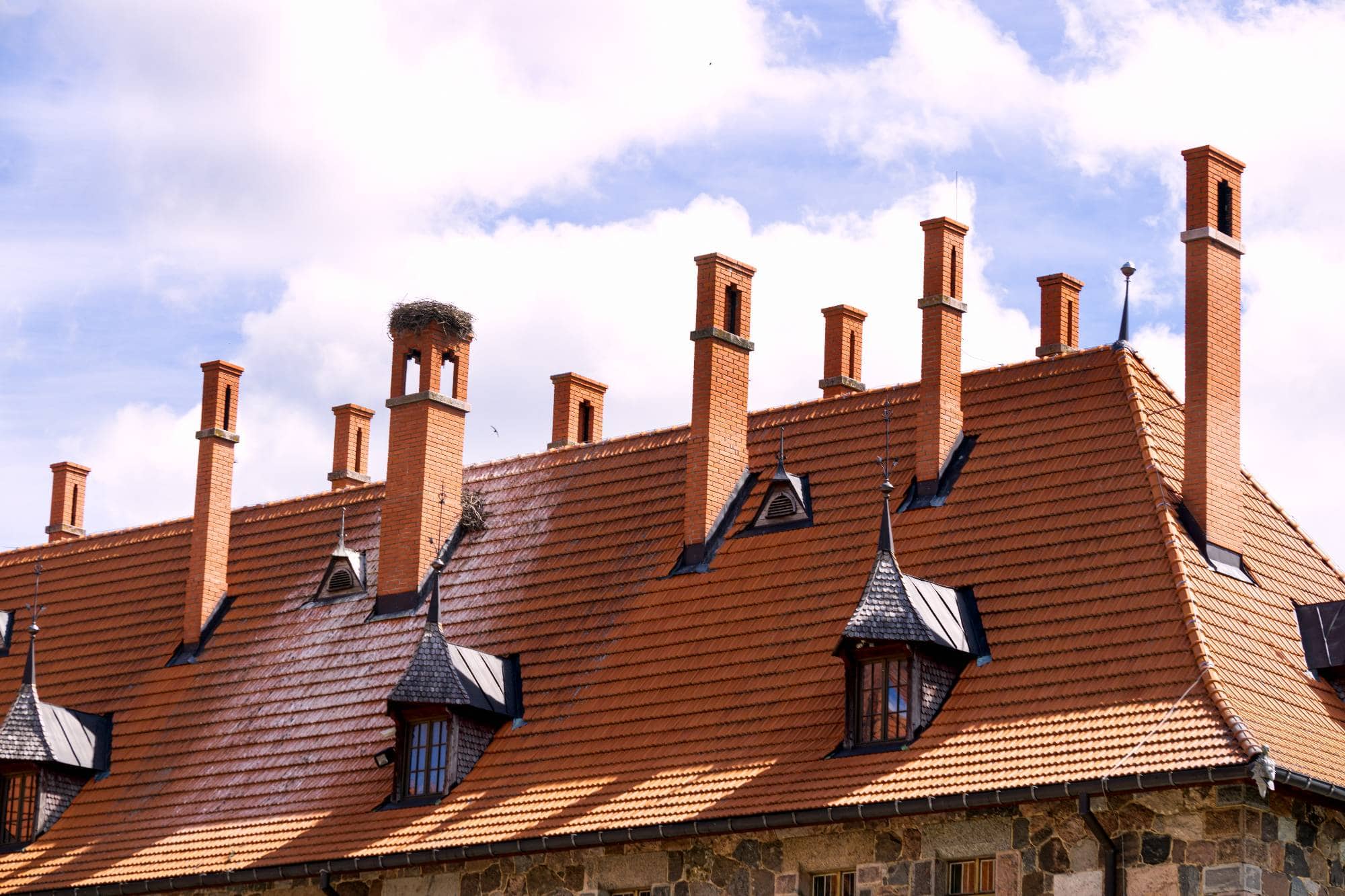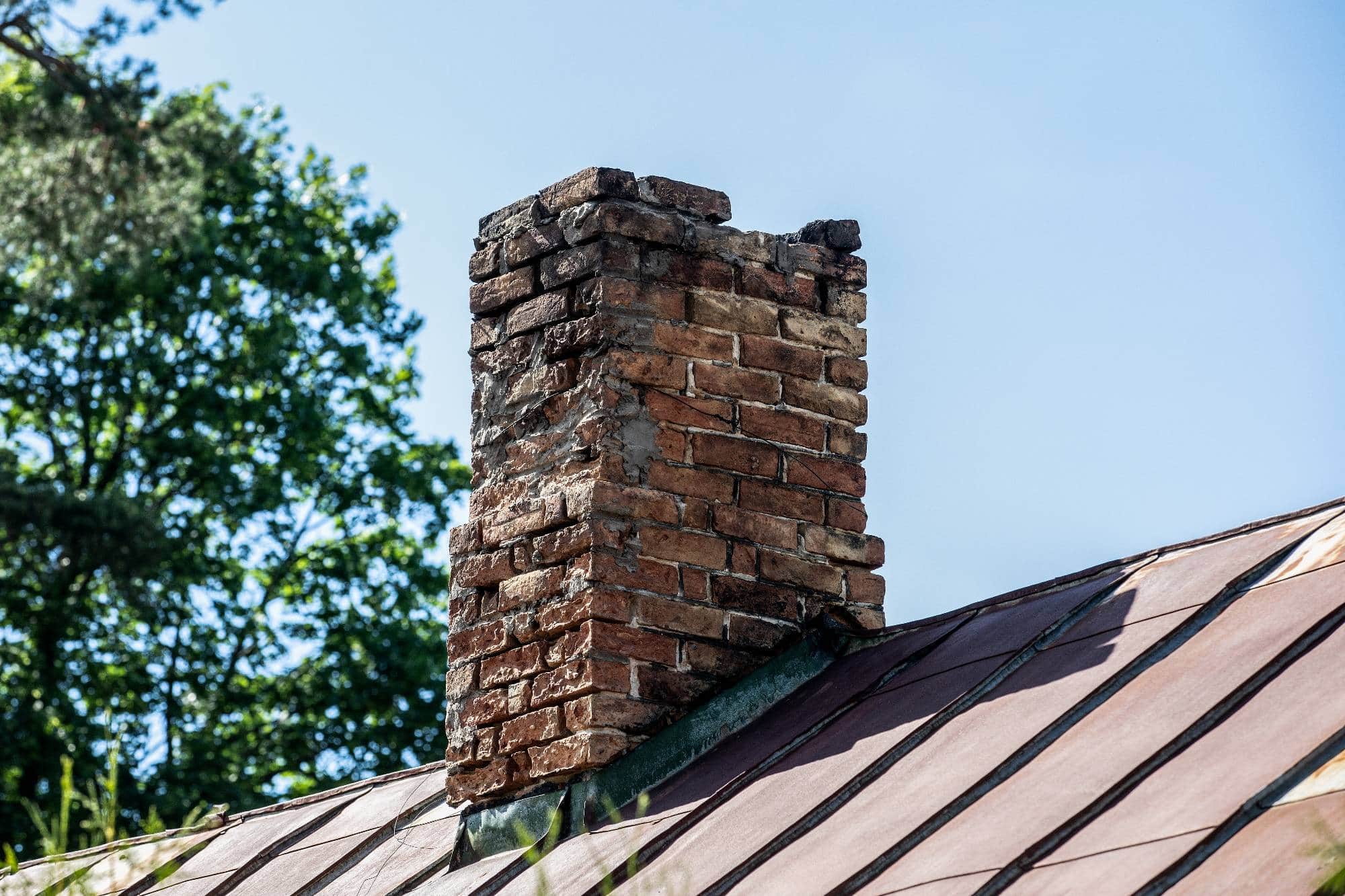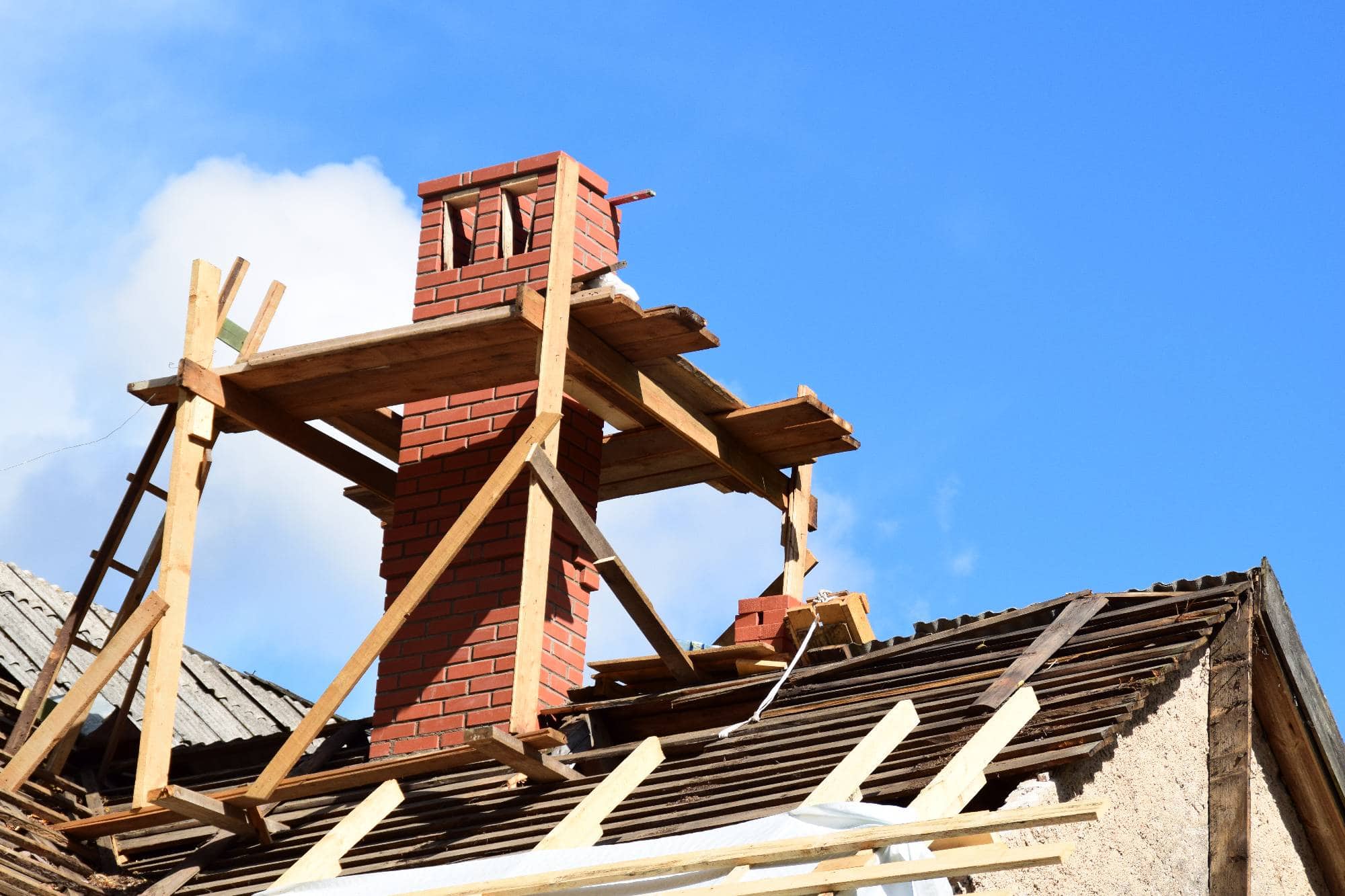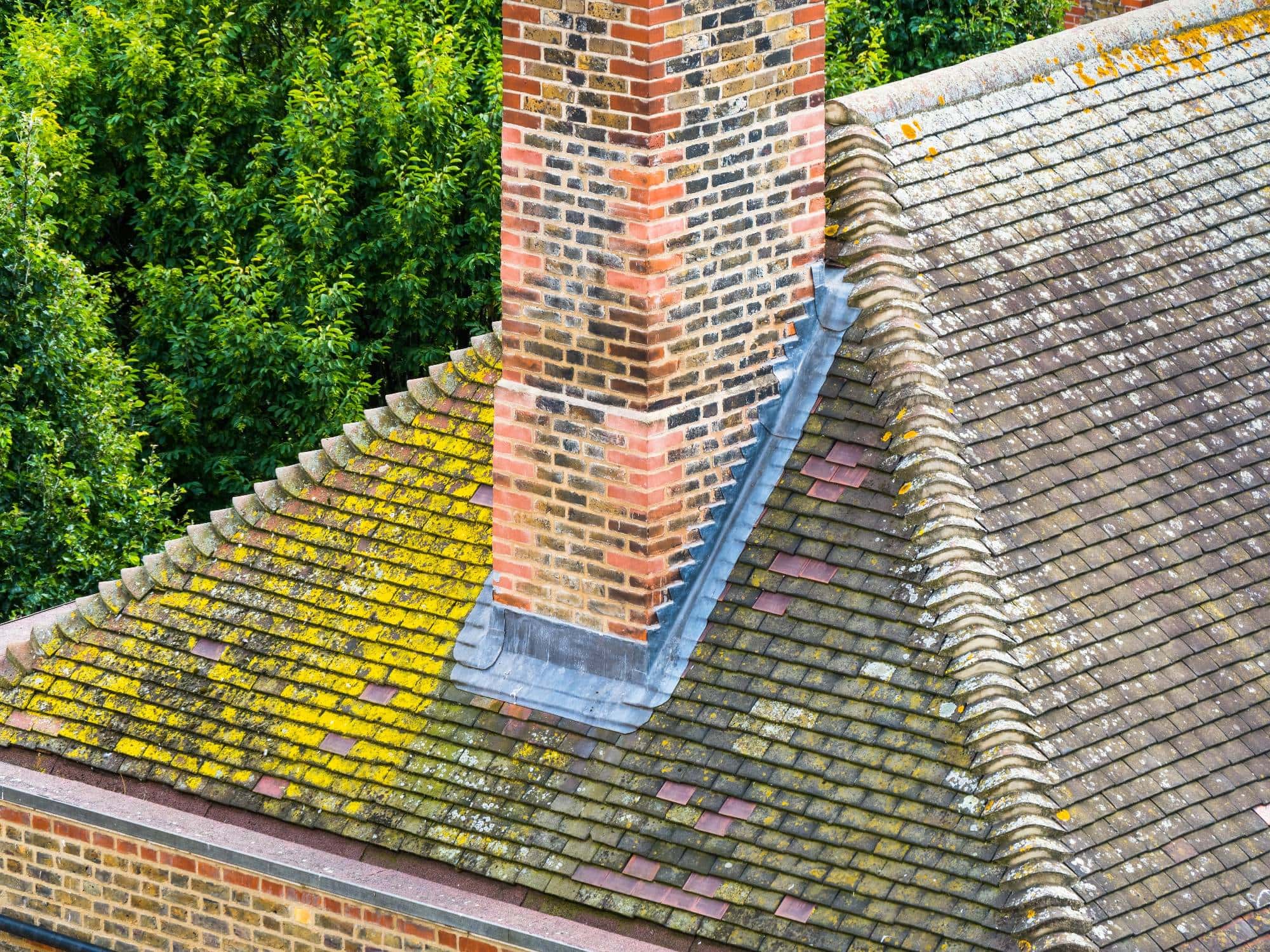We start with a thorough assessment of your chimney’s age, construction, and condition. This isn’t a quick look-over. We document everything, photograph details, and analyze the original materials and construction methods used. Next, we plan the restoration and source appropriate materials. That means finding lime mortar that matches your original construction and locating period-appropriate bricks when replacements are needed. We don’t use whatever’s convenient. The actual restoration work follows traditional preservation techniques. We carefully dismantle damaged sections, salvage and clean original bricks for reuse, and rebuild following historical bonding patterns. Every step prioritizes preserving the original character while ensuring modern safety standards are met.




